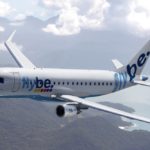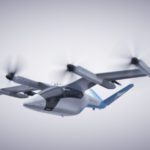Boeing’s Loyal Wingman aircraft has moved under its own power for the first time, a milestone for the aircraft which is expected to make its first flight this year.
The aircraft is being developed in conjunction with the Royal Australian Air Force (RAAF). Air Vice-Marshal Cath Roberts, RAAF Head of Air Force Capability said: “Air Force partners with industry to ensure we can find innovative solutions to meet our future priorities. Boeing’s Loyal Wingman project is a perfect example of what this collaborative approach can achieve.”
“Seeing the prototype take to the runway for this low-speed taxi test is an exciting moment – another significant development milestone ahead of its first flight.”
Low speed taxi enabled test on aircraft systems
Reaching a maximum speed of 14 knots (approximately 16 mph, or 26 kilometres per hour), on the ground, the aircraft demonstrated several activities while manoeuvring and stopping on command.
“The low-speed taxi enabled us to verify the function and integration of the aircraft systems, including steering, braking and engine controls, with the aircraft in motion,” said Paul Ryder, Boeing Australia Flight Test manager.
Three Loyal Wingman prototypes will be the foundation for the Airpower Teaming System that Boeing will offer customers worldwide.
Loyal Wingman will use AI for teaming missions
The aircraft will fly alongside other platforms, using artificial intelligence for such teaming missions. Its design and flight characteristics, including a modular nose section which is customizable for specific needs and a conventional takeoff and landing approach suitable for many missions and runway types.
“Runway independence ensures the aircraft will be a highly flexible and adaptable system for our global customers,” said Dr Shane Arnott, program director, Boeing Airpower Teaming System. “This latest test marks the first full unmanned movement of the Loyal Wingman with our Australian partners and takes us a step closer to first flight.”

